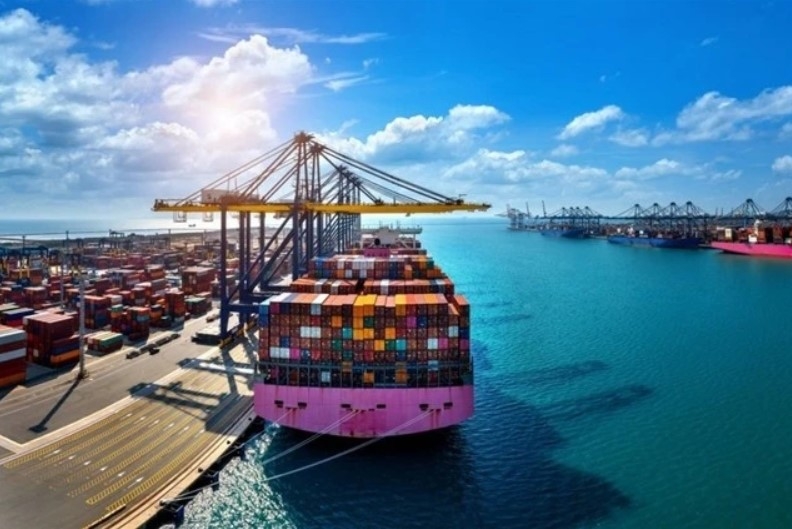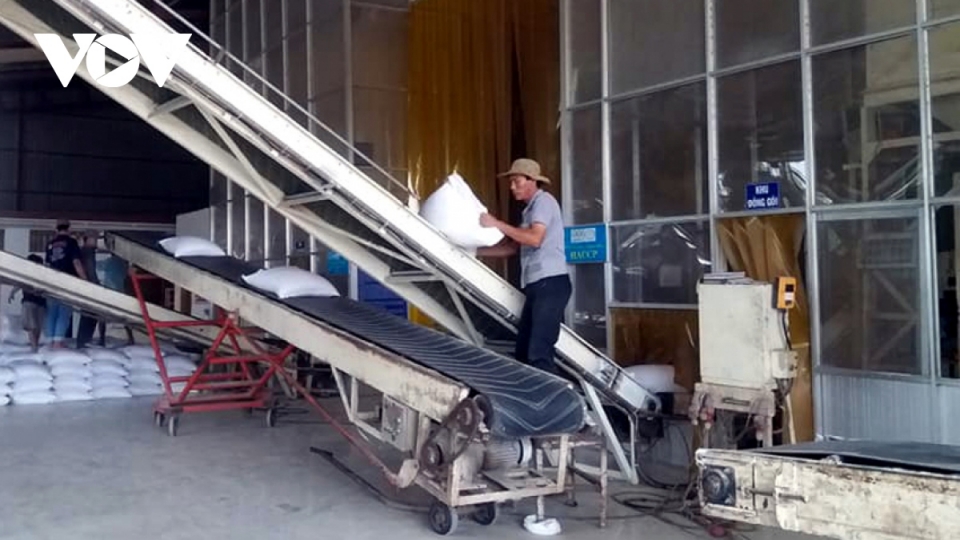Enhancing presence of Vietnamese goods in ASEAN market is essential
As Vietnam’s export turnover has yet to fully reflect its potential within the ASEAN region, enhancing the presence of Vietnamese goods and seizing opportunities in this market is essential, particularly amid tariff fluctuations.

This issue demands greater attention from businesses, along with a proactive and flexible approach to market access, deep market understanding and the ability to overcome trade barriers.
Vietnam’s Trade Office in Singapore recently encouraged Vietnamese businesses to participate in Retail’s Big Show APAC 2025, which will take place in Singapore early next month.
The event provides opportunities for Vietnamese enterprises to connect with potential customers and top retailers, while also exploring new trends in retail, ranging from enhancing customer experience to digital transformation strategies.
In light of Vietnam becoming the fourth-largest seafood supplier to Singapore, the trade office also announced ongoing efforts to promote trade connections between Vietnamese and Singaporean seafood businesses.
These efforts include participating in seafood exhibitions and trade fairs to increase the visibility of Vietnamese products in Singapore and help companies expand their market share.
The trade office also advised Vietnamese seafood exporters to maintain high quality standards, stay updated on local regulations, improve packaging designs and boost productivity to remain competitive with products from other countries in the region.
Guidance and support are crucial for Vietnamese enterprises looking to deepen their presence in Singapore specifically, and the ASEAN region more broadly — especially amid global trade instability caused by shifting US tariffs.
As of the first four months of this year, Vietnam’s exports to Thailand reached US$2.67 billion, a modest increase of 1.4% year-over-year.
Meanwhile, imports from Thailand surged to over US$4.2 billion, an 18.5% rise. Thailand is currently Vietnam’s largest export market within ASEAN, accounting for more than 20% of Vietnam’s total ASEAN export turnover, followed by Indonesia and the Philippines.
Key exports to Thailand include machinery and equipment, electronics and components, phones and parts, crude oil and vehicles.
At a seminar in Ho Chi Minh City last week, a representative of Central Retail Vietnam Group said that the company was promoting lychee exports to Thailand as the harvest season approached.
In mid-May, Vietnam’s Trade Office in the Philippines provided an update on the trade relationship between the two countries, noting that Vietnam still has plenty of room to expand its exports to the Philippines.
Agricultural products represent a significant opportunity. Despite similarities in the agricultural profiles of both countries, they are not direct competitors. Vietnam has a comparative advantage in various subtropical fruits and seafood strains that have not yet been exported to the Philippines.
Aside from rice, the Philippines has strong demand for many types of Vietnamese agricultural products, particularly fresh produce. However, some sectors remain untapped due to trade and logistics barriers.
Moreover, light industrial products, fertilisers, chemicals, tools, machinery, electrical and household appliances, heavy industry products and construction materials also have growth potential in the Philippine market.
Vietnamese exporters should also be aware of the market’s challenges and risks, and adopt appropriate marketing and market entry strategies to ensure success.
Despite these individual market opportunities, Vietnam’s overall export performance in the ASEAN region still falls short of its potential.
According to the latest data from Vietnam’s Department of Customs, from the beginning of this year to May 15, exports to ASEAN reached US$12.42 billion, an increase of just 3.2% year-over-year, or US$389 million.
ASEAN ranks as Vietnam’s fourth-largest export market after the US, China and the EU.
To boost export turnover and the presence of Vietnamese products in ASEAN, it is vital for Vietnamese businesses to show greater interest and capitalise on opportunities in this regional market.
Building consumer trust and brand credibility is also crucial. Vietnamese exporters must work hard to change ASEAN consumers’ perception of Vietnamese goods and distinguish them from competitors.



